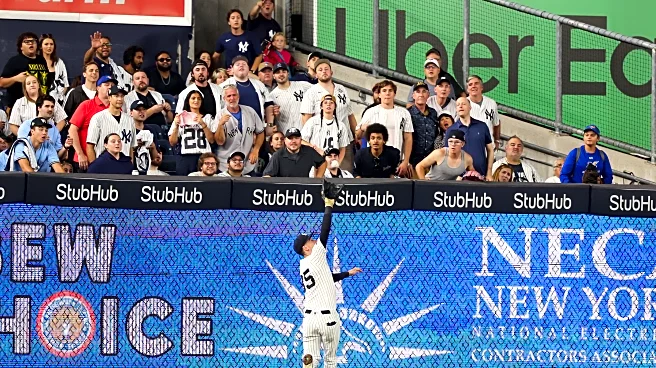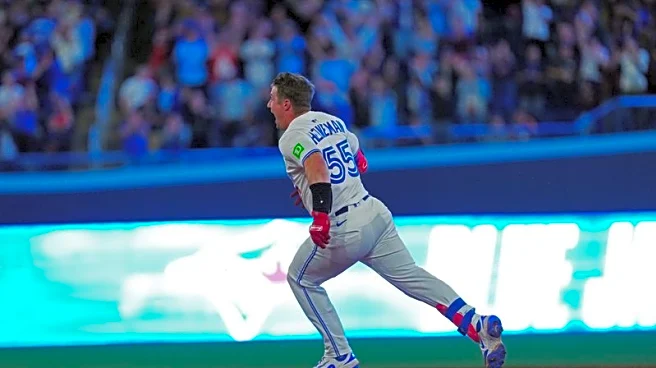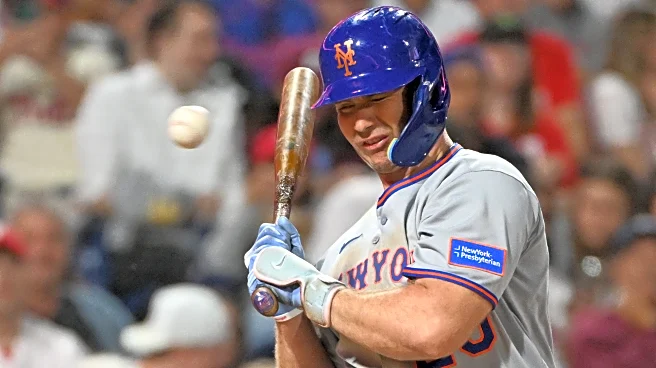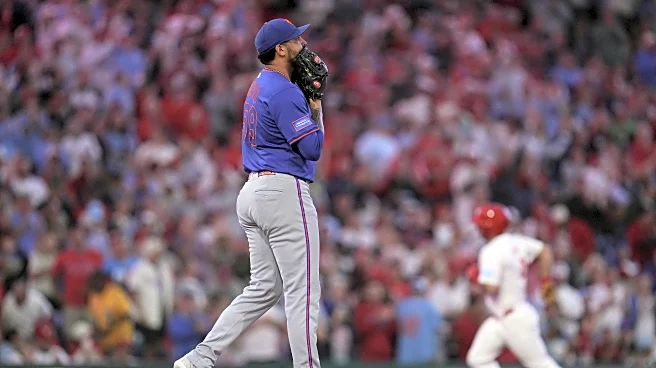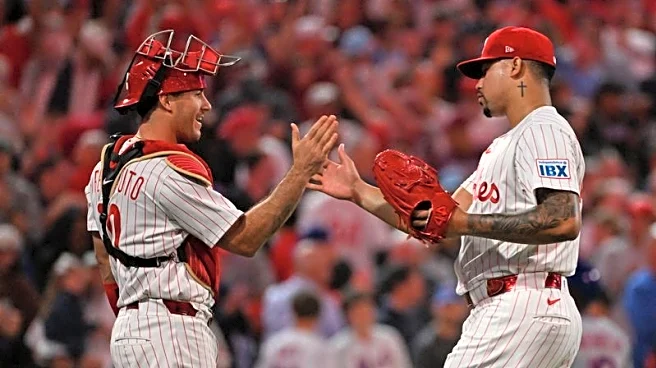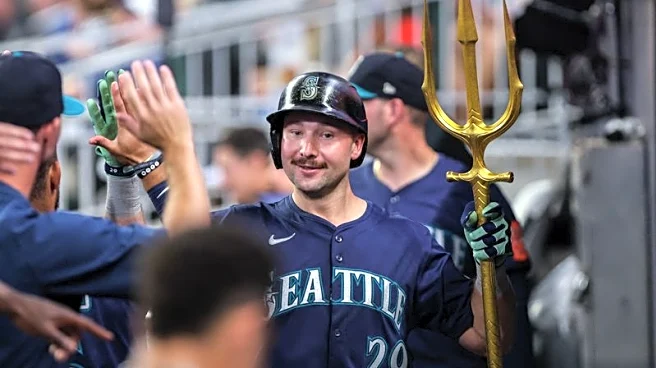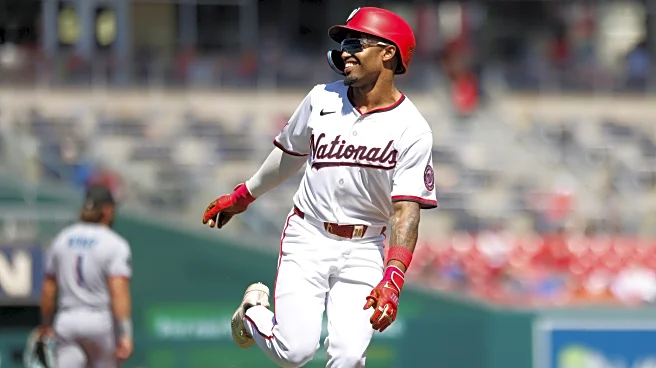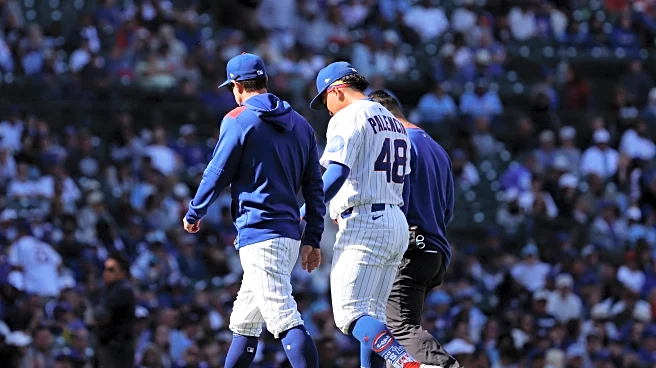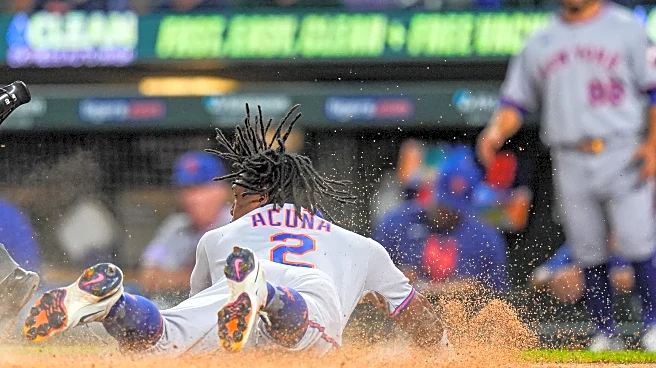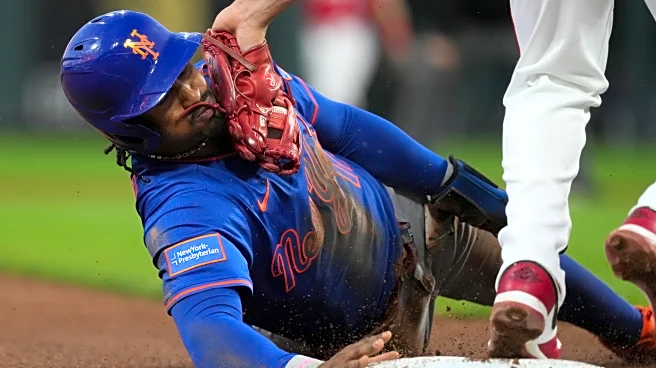
Cody Bellinger came up in the Dodgers system as a first baseman, and spent the majority of his 2017 Rookie of the Year campaign at the cold corner. For an athlete of his caliber, it was always a little odd to see Bellinger stuck to the lowest-priority defensive position in baseball. But by 2019, he was primarily playing the outfield—and playing it to the tune of +8 Statcast Outs Above Average. Now, his defensive acumen was understandably not the focus of his game that year: Bellinger took home NL
MVP honors with 47 homers and a 1.035 OPS at the dish. But it certainly didn’t hurt his case!
As we all know, Bellinger’s offensive regression came quickly and fiercely after that MVP season, but he remained a reliable defender, primarily in center field. Eventually, his hitting rebounded, and he joined the Yankees with the expectation that he would be one of the team’s most important hitters as they moved on without Juan Soto. Indeed he has, with a .277/.333/.499 triple slash and 128 wRC+. His 27 home runs are the most he’s had in a season since 2019, and his lethality against lefty pitching has made him platoon-immune.
But Bellinger’s defense hasn’t gone anywhere. In fact, he’s put together by many metrics the best fielding season of his Major League career.
The defensive highlights have been sparkling. In April, he made a diving catch in right field in the ninth inning with the tying run in scoring position to preserve a 4-3 win over the Royals. In May, he made a remarkable contorting grab, twisting his body and snagging the ball with his outstretched arm to recover from a rare bad first step. And while he’s made more excellent plays since, I’m not sure anything will top what he did in Citi Field in July: a shoestring catch in left to rob Soto of a hit, and an absolute howitzer of a throw to first to double up Francisco Lindor and help preserve a 6-4 lead.
Defensive metrics, however fickle they tend to be, are singing in harmony about Cody. Defensive Runs Saved credits him with a +14 rating for his total body of work in the outfield, the highest mark of his career. That grade includes a +8 in right field and +7 in left. While he grades out as a -1 by that metric in center field, it’s the outfield position he has played the fewest amount of innings by a considerable margin.
Let’s take a minute to appreciate the fact that he’s registered such excellent results in both corners. As anyone with experience in the outfield will tell you, left field and right field are different beasts. The angles are different. Depending on the park, the dimensions vary wildly. You could be playing at the Green Monster one night, then dealing with Triples Alley the next. While Bellinger hasn’t had to deal with an extreme that dramatic, he has nonetheless seamlessly switched between both corner spots, allowing Aaron Boone to find a spot for him in the lineup just about every night.
Statcast allows us to get more granular with his fielding profile. First, the splashy numbers: +9 Fielding Run Value—tied with Wells for the best on the Yankees—and +6 Outs Above Average. A big contributing factor to those positive ratings is his outstanding throwing arm, which was on display in that play in Queens. Statcast credits him with four fielder runs on the arm alone—only Steven Kwan of the Guardians and Brenton Doyle of the Rockies have a higher total.
Another important element of Bellinger’s defensive game I’d like to earmark is the quality of the jumps he gets on batted balls. Statcast breaks down an outfielder’s “jump” into three categories: the reaction, the burst, and the route.

Bellinger’s route-running is not on the level of luminaries like Byron Buxton, and he isn’t blessed with the preternatural reaction time of a defender like Jacob Young, but his burst—that point in between which can make or break a play on a ball in the gap or at the wall—is outstanding. It all adds up to allow him to cover one more foot in the right direction on average than your typical player. That doesn’t sound like much, but it’s good for a top-20 rank among qualified outfielders.
As it turns out, Bellinger was actually even better in this regard last year with the Cubs than he has been this year, but the point is that in basically all facets of fielding, he grades out well. His athleticism allows him to get to baseballs he might not have otherwise reached. His arm is a huge red light in either corner position. And for the traditional crowd, he’s only made two errors in the field all season long.
I’d like to discuss one last in-game example before I step off my soapbox, from a contest with the Nationals on August 26. In the top of the third, Bellinger fielded a single to left and casually threw the ball to third, not realizing quickly enough that Washington’s Robert Hassell III was attempting to score from second. When Amed Rosario cut the throw and fired home, Hassell still got in safely, handing Washington a 1-0 lead. It was an exceedingly rare miscue from Cody, but he wouldn’t let it happen again. In the fifth, another single with a runner on second came his way. James Wood rounded third and tried to score. Bellinger was more than ready to make the young star pay, firing a perfect one-hopper to Wells to record the outfield assist and end the inning.
That sequence was a perfect distillation of Bellinger’s reliability. Even if he screws up, he more often than not redeems himself with an excellent play or clutch hit not long afterward. It’s what’s made him an indispensable player for the Yankees this season.
Bellinger is unlikely to take home a Gold Glove award in the outfield this season, owing to the fact that he’s played a healthy amount of all three positions. (He has a shot at the Gold Glove for utilitymen introduced a few seasons back, though I wouldn’t consider him the favorite.) But even if it doesn’t result in a trophy, Bellinger’s body of work attests to the superb quality of his defense in 2025, which has helped propel him to one of the best overall seasons of his excellent career.
